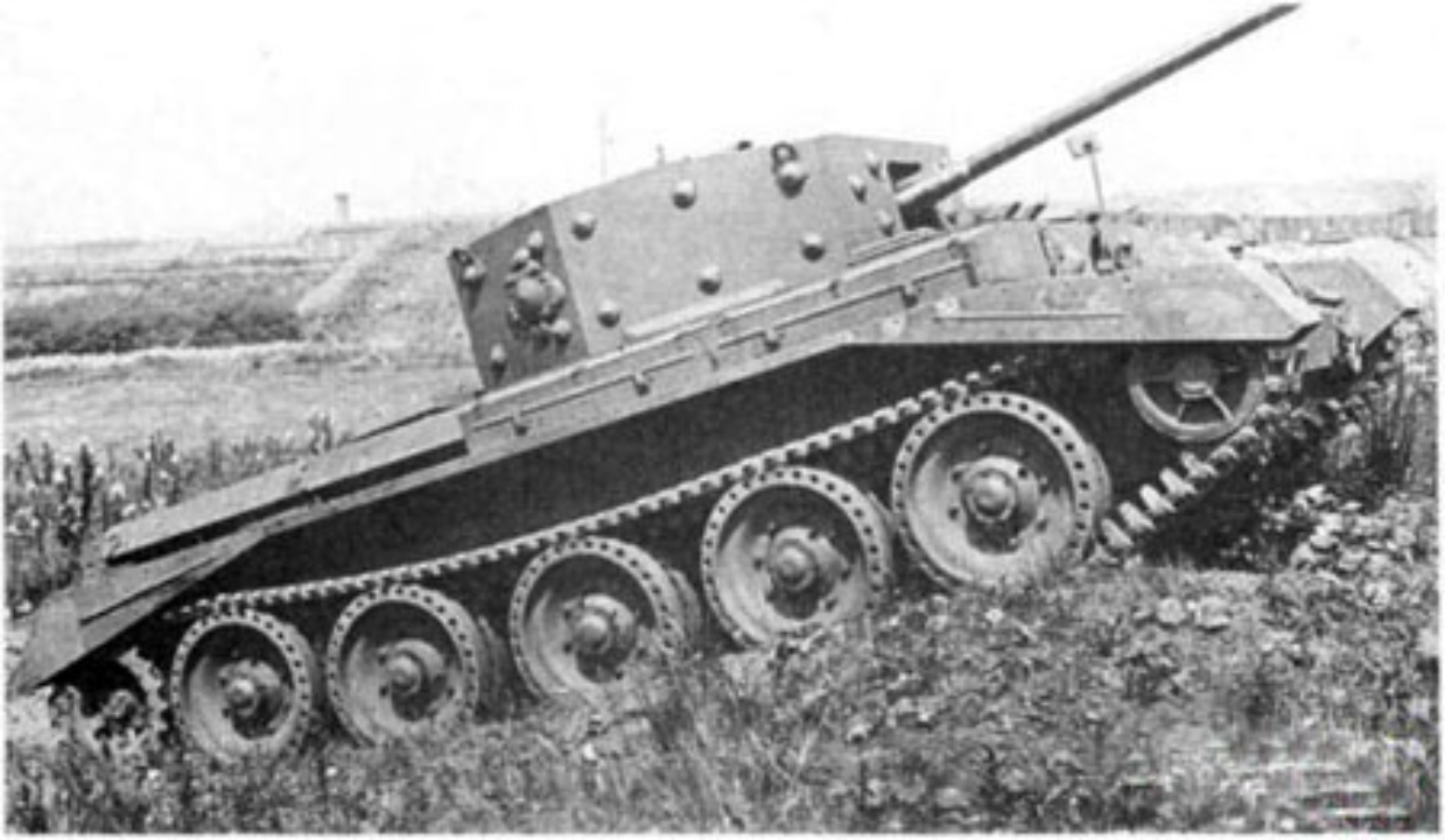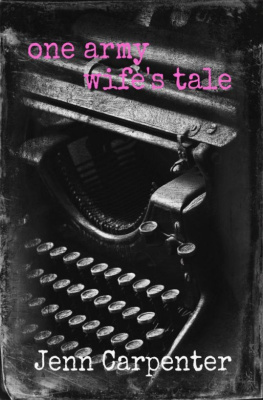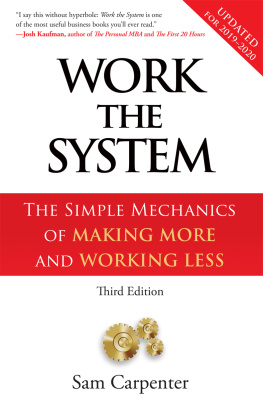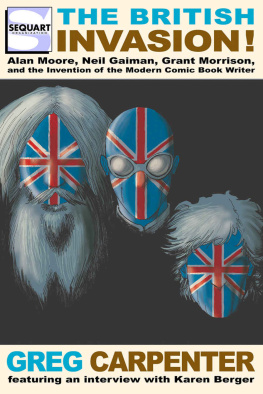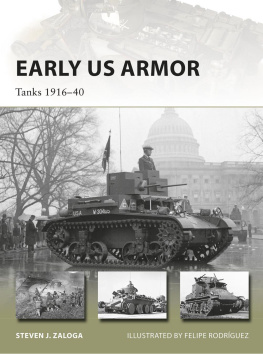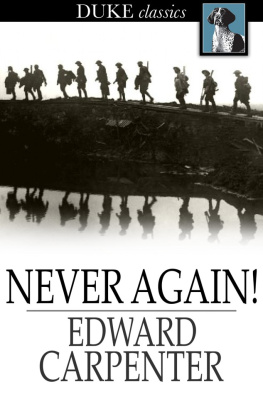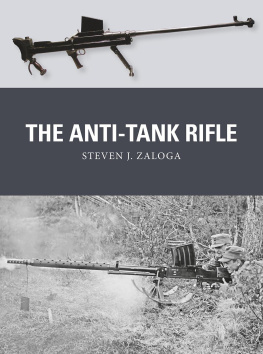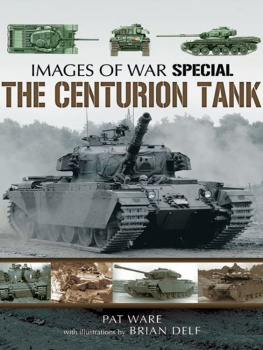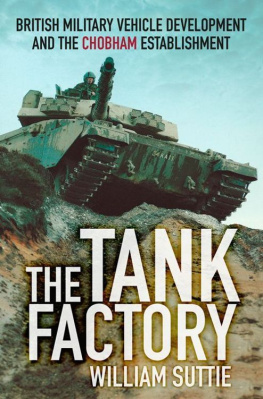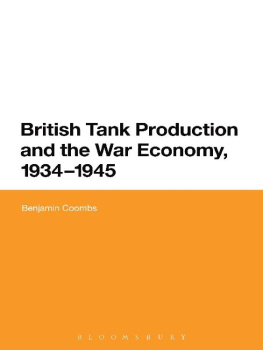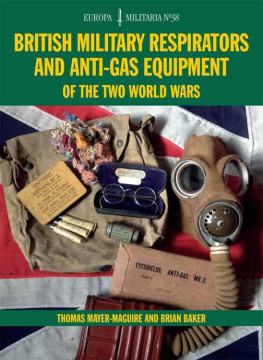Features of the British Cruiser Tank Cromwell in the World War II
The best technologies of world wars
John B. Carpenter
All rights reserved
John Carpenter , , 2017
Fotos by:
Gina Smith
Tanya Dolski
Sam Sanderson
Bill Carson
This is an extended edition, amended and supplemented.
In this book we will review the history of the creation and modernization of the British cruiser tank Cromwell. Also here are given the tactical and technical characteristics of this remarkable combat vehicle and added data on combat use.
The book Features of the British Cruiser Tank Cromwell in the World War II will be of interest to anyone who is interested in the history of armored forces.
Content:
Intro
The interwar years were an interesting time in terms of the development of the armed forces. The past World War I not only showed humanity all the horrors of a mass military conflict, but also gave a powerful incentive to the creation of new types of weapons and the development of existing ones. Following the weapon the need arose to modernize the tactics and strategy of warfare; new types of troops were created.
One of the most famous and notable novelties of the last war, of course, was the tank, first used by British troops in the Battle of the Somme and was an attempt to overcome the impasse trench warfare. Naturally, the tank became part of the armed forces, as well as the cause of many disputes in the military and political environment. It is widely known that it is Great Britain that is the birthplace of the tank and armored forces, but the primacy is not a guarantee of long-term leadership. Describing the situation in the army on the eve of World War II war, the British historian D. Edgerton wrote: The weak point of Great Britain was a small army. Modern research has shown how important the tank was for such a small army. During and after the (First World) War, the British army developed an extremely productive a tank lobby that made England a leader in tank building"
And one of the most controversial tanks in the industry was the Cromwell.
Development of construction
Fighting British tank forces in North Africa and France in the spring and summer of 1940 showed that the standard cruising * tanks type A13 Covenanter and A15 Crusader no longer meet the requirements of the battlefield. Their main shortcomings were insufficient bookings, unreliable engines, and most importantly - weak armament. The standard 40-mm cannon (2-fob OQF) was inferior in ballistic quality to the German 50 and 75 mm guns that the PzKpfw III and PzKpfw IV tanks were armed with.
* According to the classification adopted before the outbreak of World War II, the British army had three main types of tanks: light ones, intended mainly for reconnaissance; infantry - low-speed, heavily armored - to directly support the infantry, and cruising - less armored, but having a higher speed and designed to perform operational tasks as part of large tank units. The latter two types were armed with a 2-pound (40 mm) cannon.
Before the English designers, the task was to create a new, more powerful cruising tank. In contrast to the two little-known types of such machines - the Covenanter and the Crusader, which were already in the series, which were created and adopted before the war - now we were talking about a tank armed with a new 57mm (6-fp.) Gun. To distinguish it from previous types, the new tank was called a heavy cruiser tank.
At the end of November 1940, the preliminary tactical and technical requirements developed by the Department of Tank Design (Department of Tank Design) were transferred to a number of interested companies. The new tank was to have frontal armor up to 75 mm thick, a 57 mm cannon was required to be placed in a tower with a diameter of at least 60 inches (1524 mm), a crew of 5 people. Power plant - 12-cylinder Liberty engine with increased to 400 hp. and higher power and transmission type Wilson; the chassis support rollers should have an independent Christie suspension, and the required speed of the tank is at least 40 km / h.
In January 1941, at the meeting of the so-called Tank Board (a tank bureau under the Ministry of Supply of Troops consisting of representatives of the General Staff, management circles of engineering and industrial firms, etc.), proposals were received, of which three projects were chosen. The first - the plant Vauxhall Motors (British branch of General Motors Corporation) - tank A23, which was a "cruising" version of the infantry tank A22 Churchill with 12-cylinder engine Bedford. In fact, this project differed little from A22 and was rejected already in the first phase of the competition. The second project - A24, developed by Nuffield Mechanisation and Aero plants, the main producer of MkVI tanks (A15) Crusader - was based on solutions and knots of the A15, but with a new turret for the 57 mm cannon.
The tower had an additional evacuation hatch in the stern and a few round loopholes through which the crew could fire from the Ml Thompson submachine guns. The third offer is from Birmingham Railway Carriage and Wagon Co. (BRCW) was also based on the Crusader, but this car had a reinforced chassis and a mass smaller than the A24.
The proposed tank designs, first considered under the general definition of Heavy Cruisers, and then codenamed Cromwell, became the subject of discussion on January 17, 1941. Since the situation required the tank to begin production no later than the spring of 1942, it was decided to focus on the A24 project, based on already mastered units and units.
January 31 (according to other data, February 28) 1941, Nuffield plants received an order for six prototypes of the new tank, now known as the Tank, Cruiser Mark VII (A 24) or Cavalier (Cromwell I).
New engine
During World War II, British tank designers faced two major problems: the lack of a suitable turret and reliable engine. The work on the creation of a new tank engine (the so-called Flat 12) to replace Nuffield Liberty, which appeared in 1916 and did not meet the requirements for engines for new tanks (Liberty was heavy and not powerful enough), failed - Flat 12 There were many shortcomings, in particular, a bad cooling system. In the fall of 1940, UE Robotam (WARobotham), engineer of the Rolls-Royce plant in Derby, engaged in this problem, together with Leyland Motors employee G.Sparrier (H.Sparrier), who investigated the possibility of using one of the aircraft engines in the tank industry, produced by Rolls-Royce plants. For the research, two 12-cylinder engines were chosen - Kestrell and Merlin (used for Spitfire fighters). The final choice fell on the Merlin engine in the Mk III version. After endless alterations and improvements (replacement of crankcase, oil, water and fuel pumps, etc.), a 600 hp model, called Meteor, appeared.
Practical tests of the new engine were carried out on April 6, 1941 at the large military training ground in Aldershot after the installation of Meteor on two training A15 Crusader. The first of them developed such a high speed (some
Its members determine it at about 80 km / h) that it was not possible to record even the time of the first run, since the confused driver failed to manage the vehicle and entered the forest. Having familiarized himself with the results of testing a new engine in Aldershot and at a research center in Farnborough, the Tank Board issued on 18 April 1941 a certificate of recognition of this propulsion unit as the main tank engine of 1942 and subsequent years.


